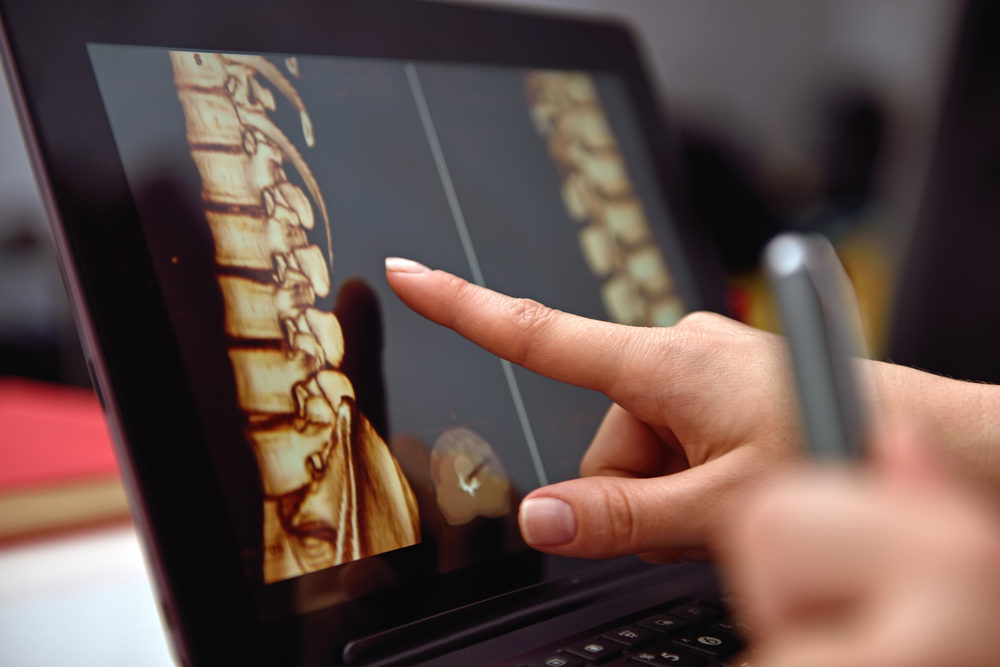Most Teen Spinal Fractures in Automobile Accidents Linked To Not Wearing Seatbelts: Study

More than two-thirds of teens who suffered a spinal fracture in an automobile accident were not wearing a seatbelt, according to the findings of a new study.
In a recent report published in the medical journal Spine, researchers highlight the increased risk of auto accident spinal fractures and death when a seatbelt is not worn, indicating that lives and spines could be saved if young drivers increase their use of the protective devices.
Researchers from Cohen Children’s Medical Center in New York used data from the American College of Surgeons’ National Trauma Data Bank, involving more than 34,000 pediatric patients under the age of 18 who sustained spinal fractures between 2009 and 2014. Many patients had multiple spinal fractures, with a total of 45,430 fractured vertebrae across the study period.

Did You Know?
Millions of Philips CPAP Machines Recalled
Philips DreamStation, CPAP and BiPAP machines sold in recent years may pose a risk of cancer, lung damage and other injuries.
Learn MoreThe data indicates two-thirds of pediatric spinal fractures were linked to car accidents where the teen was wearing a seatbelt.
Researchers found roughly 60% of spinal fractures occurring in the United States are among teens ages 15 to 17 years old, corresponding with the ages when they typically begin to legal drive.
Spinal fractures were associated with a 3% death rate, with most deaths occurring among teens not using seatbelts while driving or as passengers. Simply wearing a seatbelt while in a motor vehicle decreased a teen’s risk of death by 20%.
Failing to wear a seatbelt increases a teen’s risk of death or severe injuries by 71%. It also reduces the rates of spinal fractures and other types of fractures, as well as head and brain injuries.
Overall, failure to wear a seatbelt was most common among teens in the South, occurring 38% more often in southern areas of the United States. Researchers speculate this is most likely due to a lack of public transportation, resulting in more vehicles on the road in this region. However, the percentage of spinal fractures among teens not wearing seatbelts was similar across all areas of the United States. Teen risk-taking behavior was also common throughout the country.
The findings indicate a need for improved measures designed to communicate the importance of seatbelt use among teens, especially younger drivers, which should highlight the trauma that may be suffered if seatbelts are not worn.
Car accidents are the leading cause of death among teens in the United States. Programs using technology and social media awareness campaigns are needed to help improve safety measures while driving and as passengers, according to researchers in this new study.
“Over 60% of pediatric spinal fractures occur in children ages 15–17, coinciding with the beginning of legal driving,” the researchers wrote. “Ensuring our new, young drivers wear protective devices can greatly reduce morbidity/mortality associated with motor vehicle accidents and can help save lives, and spines.”
Get more articles like this sent directly to your inbox.
"*" indicates required fields




0 Comments